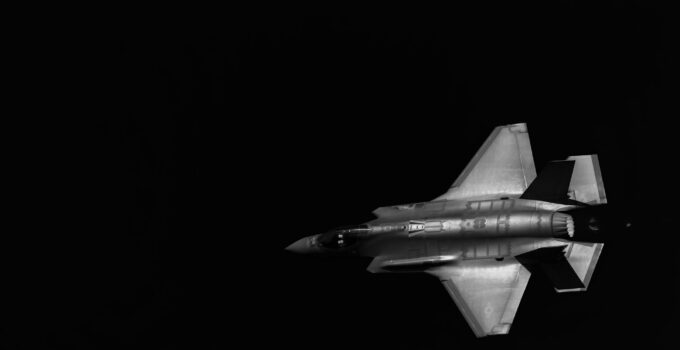A magnetic generator, often known as a magneto, is fundamentally different from the typical turbine-powered generators found in many jet aircraft. If anything here seems in accurate, please let us know in the comment form; this post is a collection of notes. In general aviation, magnetos are more commonly found in smaller, piston-engine airplanes rather than jets. They serve the crucial role of generating electrical power necessary for sparking plugs, which ignite the fuel-air mixture in piston engines. However, in jet airplanes, the scenario changes slightly due to the nature of their engines and electrical needs.
How Magnetic Generators Work in General Aviation
In piston-engine aircraft, a magnetic generator or magneto works independently of the aircraft’s electrical system. It is essentially a self-contained electrical generator that utilizes permanent magnets to produce periodic pulses of high voltage for spark ignition. Here’s how it typically works:
- The magneto transforms mechanical energy from the engine into electrical energy without relying on an external power source.
- It contains a rotating magnet and a stationary coil. As the magnet spins (driven by the engine), it induces a fluctuating magnetic field in the coil.
- This changing magnetic field generates electric current in the coil, which is then amplified to a high voltage suitable for spark plugs.
Application in Jet Airplanes
In jet engines, the use of magnetos is not applicable because jet engines do not use spark plugs for continuous ignition. Instead, jet engines rely on the following systems for electrical power generation:
- Engine-driven generators: Most modern jet airplanes are equipped with engine-driven generators. These are typically mechanically driven by the engine’s turbine shaft and generate alternating current (AC) electrical power.
- Auxiliary Power Units (APUs): APUs are small turbine engines used to provide power when the main engines are not running. They can supply electricity to power systems and start the main engines.
- Emergency Power Systems: Some jets also include emergency power systems like battery-powered systems or ram air turbines (RATs), which can deploy to generate power in case of a generator failure.
In summary, while magnetic generators are crucial in spark-ignited piston engines, jet airplanes employ different mechanisms for electricity generation, focusing on reliability and the ability to generate higher power outputs necessary for their advanced systems. Jet engines use continuous combustion and do not require the intermittent spark provided by magnetos, thus using more sophisticated and capable electric generators tied directly to their turbine operation.




